Introduction and planting method of Cymbidium
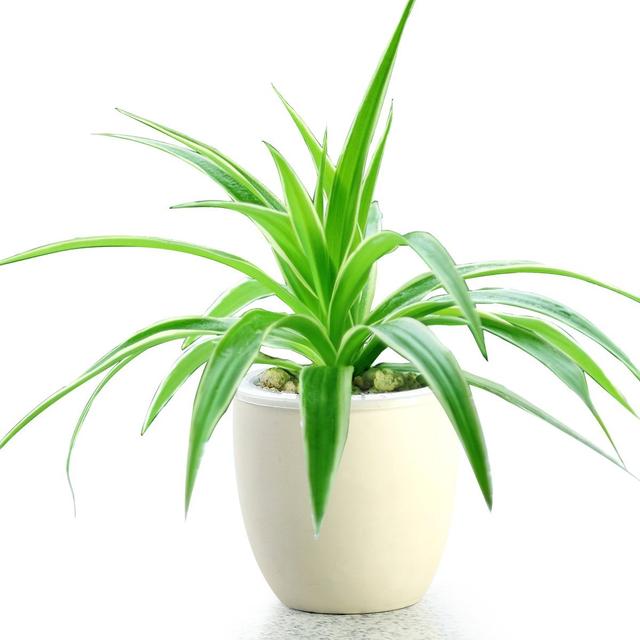
Hanging orchid
Tequila family
Cymbidium is a perennial lily-like plant with tuberous roots bearing inside curved soft leaves from the center and a slender raceme and small white flowers. This is probably the most cultivated indoor potted plant in the world, especially the variety.
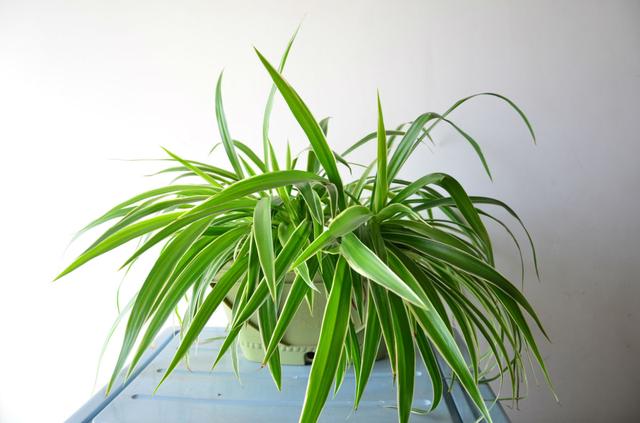
Description
Perennial evergreen herb, up to 1 m tall, 1 m in diameter from an extroverted (horizontal opening first upward growth) rhizome ca. 150 mm long, often with old leaf bases. Roots fleshy, bilateral (fusiform) pointed, fleshy, to 10 mm in diam. Linear growth in a dense rosette-shaped basal, bright green, smooth (glabrous) with prominent midrib, and guided, ca. 300 mm long, 20 mm wide, end at a softer one, while profit is at the bottom of the full set. Inflorescences loose, longer than leaves, spreading, from the center of the rose, up to 1 m long. Peduncle (peduncle) is 2-4 mm in diam., linear-lanceolate bracts form a point.
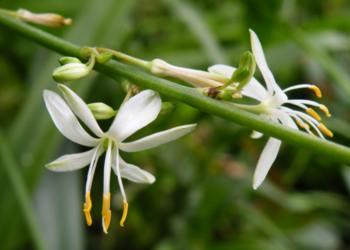
Flowers
Flowers are usually replaced by buds of plant leaves, which are propagated nutritionally. Grow in axillary bouquets of flowers. Individual flowers are stellate (stellate), white and up to 20 mm in diameter with 6 stamens. The mosaic is oblong, about 10 mm long, and becomes reflexed. The style is smooth and small with a minute point (stigma). The fruit is a 3 capsule and its seeds are flat, jet black and shiny. Florescence: summer month.
Cymbidium is 38 varieties of Cymbidium in South Africa, and it is easy to spread the inflorescence of plant tissue culture seedlings to take root when the inflorescence touches the ground.
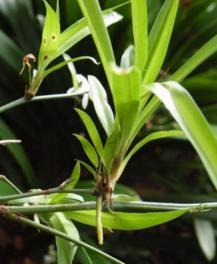
Protection status quo
Cymbidium is a common and unthreatened habitat. Therefore, it is not necessary to include it in the Redbook (Raimondo et al. 2009).
Distribution and habitat
Hanging orchids are widely distributed in West Cape Wellendan, in the Sotepans Mountains of Limpopo province (Western Cape, Eastern Cape, KwaZulu Natal, Mpu Malanga and Limpopo provinces). This is from sea level to more than 1000 meters above sea level, and it occurs under forests, mountains and bushes in forest valleys, steep embankments, flat terrain and cliffs.
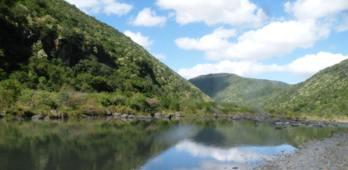
It grows in a variety of soils (volcanic rocks or deposits) made of sandstone, shale, or granite. The soil is usually acidic. The climate changes from hot to cold in winter, and when frost occurs, it is mild. Rainfall ranges from 500mm to 2000 mm and occurs every year, mainly in spring and summer, but in the Western Cape, it also occurs in winter.
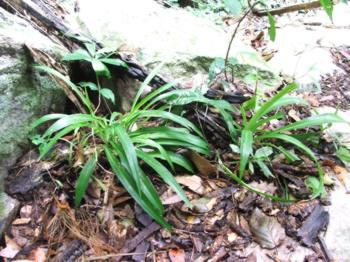
Derivation of name and history
The common name hanging orchid refers to the leaves of plants and the English name from the Greek word is yellowish green). Although this may be true for some species, the nutritious part is green, not yellowish green. The specific nickname comosum also refers to leaves.
The orchid was first collected by Carl Thunberg (called the father of South African botany). "near Langekloof in the east of one of his expeditions," and was named by him in 1794.
Ecology
Cymbidium usually grows in moist river valleys dominated by forests. This is due to the effective asexual propagation of inflorescences through the rooting of test-tube plantlets. Fleshy roots adapt plants to dry winter conditions. The white florets are insignificant and are pollinated by insects. Xiao Heng's seeds mature in capsules and mature in summer and autumn. The mature capsule is kept in an upright position. The plant is a variable in several local forms. In the Eastern Cape, near Mboyeti, the leaf margin of the plant is wavy or undulating. In Kujia Dam, on steep cliffs, plants with stems and leaves up to 300 mm long were encountered.
Use
Plants are used medicinally by Ng'Uni, especially for pregnant women and charisma to protect mothers and children. The plants are placed in the room where the mother and the child stay. The root is dipped in a water bowl and the mother drinks it every day because it is thought to protect the baby. The baby is also given an infusion as a laxative.
Plants are very popular in cultivation because of their drought resistance and relative diseases and insect pests. In South Africa, they grow potted plants, covered in hanging baskets or on the ground under trees. Hanging seedlings are decorated in spreading inflorescences. The species is also very effective with steep dikes to combat soil erosion.
Different varieties have been named-see below. The first two are very popular and planted around the world. The third is relatively new cultivation:
Hanging orchid 'wood'. This form has white edges.
Hanging orchid 'red'. The central part of the leaves of this variety is white near the midrib.
Mboyeti of Cymbidium ". The variety has undulating leaf margins.
Plant Cymbidium
Cymbidium grows well. Its ornamental, graceful spread from the inner curved leaves to the downward curved leaves in the central wreath makes it so popular.
. Many "cubs" or plant plants are usually abandoned by the owner, which leads to the most commonly used species and plants are popular all over the world. Black and white striped varieties may grow more easily than the original plants. In gardens, it is best to grow under trees or on dark dams, especially in gardens along the Indian Ocean coast. This is a kind of fast growth. You can also grow outdoors in other parts of the world, but it's best to grow in Mediterranean gardens. Frost is not too serious (California and parts of the Mediterranean). This plant likes partial shadows, especially in hot and dry climates. So it should be protected from the sun. Plants should reach the size of flowering within a year.
Spread
Spread
Cymbidium is easy to spread by division of labor or in inflorescence of the plant. Test-tube plantlets can be transferred directly to small containers. It can also be grown from seeds and is best sown in spring or summer in a warm, shady place in sandy slightly acidic soil. Cover with a thin layer of sand and keep it moist. Germination is usually within 3 weeks. The seedlings grow fast and the fastest because they are big enough to handle. Plants respond well to organic feeding (compost or any other liquid fertilizer). Cymbidium can grow all year round.
- Prev

Don't be blind! Pesticide is an exquisite thing! It is impossible to mix three correctly.
Pesticide is a fastidious thing, disciplined medicine, insecticidal and disease prevention at the same time to play the greatest role, otherwise blindly mixed with the mood, not only.
- Next

The planting method of laughing gentleman orchid
Cymbidium is a plant of the genus Orchidaceae, distributed in southern Africa and Chinese mainland Hubei Province and other places, has been artificially introduced and cultivated, leaves.
Related
- Fuxing push coffee new agricultural production and marketing class: lack of small-scale processing plants
- Jujube rice field leisure farm deep ploughing Yilan for five years to create a space for organic food and play
- Nongyu Farm-A trial of organic papaya for brave women with advanced technology
- Four points for attention in the prevention and control of diseases and insect pests of edible fungi
- How to add nutrient solution to Edible Fungi
- Is there any good way to control edible fungus mites?
- Open Inoculation Technology of Edible Fungi
- Is there any clever way to use fertilizer for edible fungus in winter?
- What agents are used to kill the pathogens of edible fungi in the mushroom shed?
- Rapid drying of Edible Fungi

